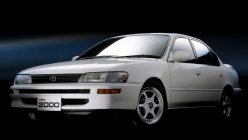If you want more horsepower the usual answer (apart from a complete engine swap) is either to turbocharge or supercharge the engine. But which is better in terms of performance and long-term maintenance?
Car makers design stock car engines to run fine as they are, or at least within their intended design limits. But people will always want more performance out of their engines, usually by increasing the volume of air that goes into the combustion process, causing it to burn more fuel and consequently do more work.
>>> Check out this post if you are planning to tune up your car: Car tuning for improved performance: Yay or Nay?
Two ways of increasing the power output would be turbocharging and supercharging car engines a favorite pastime among tuners.
Turbochargers VS Superchargers
Time was when increased engine performance depended on size (remember the phrase “No replacement for displacement”?). Fortunately, gearheads have found the means to squeeze out even more power from a stock engine without resorting to a bigger powerplant.
In contrast to natural aspiration wherein the car’s forward motion draws air into the engine bay to aid in combustion, both turbocharging and supercharging car engines use forced induction or the process of bringing in compressed air into the engine’s air intake.
>>> Related: What does naturally-aspirated mean? Pros and Cons?
I. How supercharging and turbocharging works?
1. Supercharging
Basically, a supercharger is an auxiliary compressor powered by the engine’s crankshaft. By convention, superchargers are mechanically-driven units, powered by either a belt, gear, shaft or chain connected to the engine’s crankshaft.
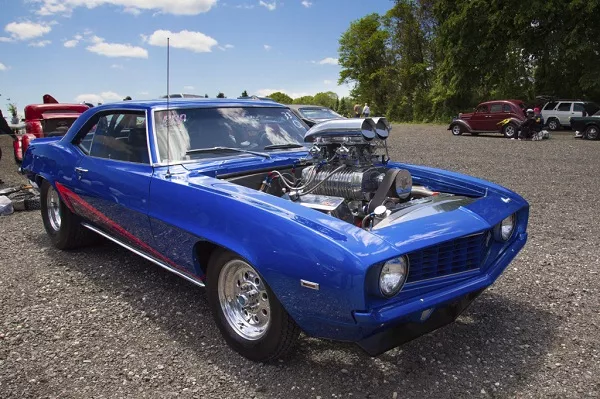
Superchargers are mechanically-driven units
Every revolution of the crankshaft draws in more air to ignite the fuel in the combustion process. Superchargers can run up to 50,000RPM and deliver up to 46% more horsepower, being especially effective in high-altitude environments where the air is thinner.
2. Turbocharging
Turbochargers are mini-windmills that use waste exhaust gases to deliver power to the engine, with the gases running through a turbine that powers the compressor itself. Size is a factor in a turbocharger’s efficiency, with smaller ones typically being able to deliver more boost in a shorter amount of time.
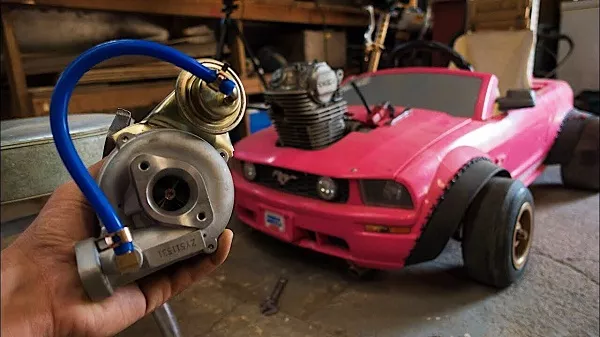
Turbocharging goes beyond merely balancing the air pressure that aids in combustion
Since turbochargers are not directly linked to the engine, they can spin at much faster rates, around 150,000RPM, but this also makes them susceptible to turbo lag, or a temporary delay between throttle input and the resulting power output. Like superchargers, turbochargers do well in high-altitude settings.
>>> Read to have a deep understanding of turbocharger and supercharger: how are they different?
II. The pros and cons of turbocharging
1. Advantages
More horsepower
The stock engine’s horsepower is increased significantly with turbocharging.
Small engines can match bigger engines
Small engines can now yield a power output comparable to much larger engines.
Improved fuel efficiency
Fuel economy is better with less fuel used when the engine is idling.
Maximized use of excess exhaust gases from fuel burned
Turbochargers “recapture” exhaust gases and repurpose them to drive the engine faster, making good use of the excess energy produced from the fuel and air combustion.
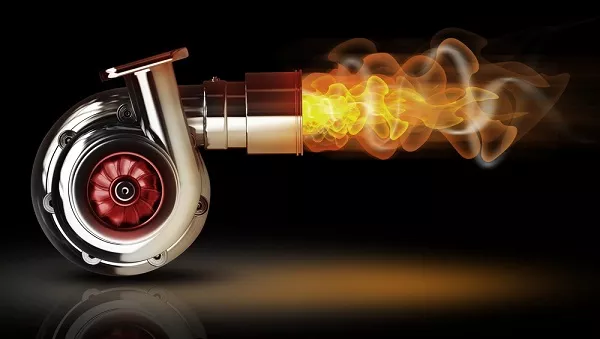
The turbo can be described as an air compressor
2. Disadvantages
Turbo lag prevents fast acceleration at certain times
In the course of boosting power, turbochargers take time to spool up the turbine using exhaust gases, which means the increased power delivery is delayed.
Turbocharging has an operating threshold
Traditional turbochargers have boost limits for low RPM ranges when the exhaust gases are enough to ignite extra boosting for the engine.
Turbo boost produce extra power like a surge that needs compensating
With a turbocharger’s abrupt spinning effect that causes friction loss, power surges can be considerably unstable
Needs modified engine plumbing to hold an increased amount of oil
Turbochargers get real hot and burn through oil as a result. This entails modifying the engine to be able to hold the extra oil necessary; without it, the oil will dry up faster than usual.
>>> View more: Car Engine Oil Analysis: What’s your Engine Oil Telling You?
III. Is supercharging better, then?
1. Advantages
Easy to install
Slap on a supercharger, for a quick and easy way on increasing engine power output. They’re also cheaper to bolt on, with some tuners considering this option first.
Power and thrust is instantaneous because of the connected crankshaft
Power is immediately produced by the crankshaft, so there is no turbo lag.
Better at lower RPMs that turbochargers
Superchargers are better at producing a boost in low RPMs compared to turbo charges.
2. Disadvantages
Not as efficient as turbochargers
Superchargers are less efficient than turbochargers because they need to bleed off excess engine power. In contrast, turbochargers are independent of the crankshaft and use excess gases which is better.
The extra heat causes wear tear on the engine
Superchargers place a direct mechanical load on the engine, contributing extra heat that accelerates the engine’s wear and tears.
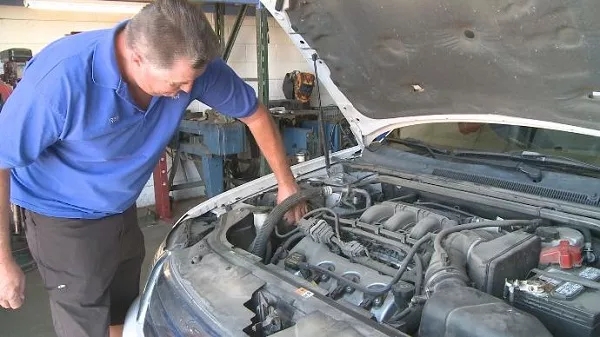
Dangerous heat can cause the engine's wear and tear
IV. Possible issues that can come up when supercharging or turbocharging car engine
- Is it a boon or a bane for stock engines when either setup is installed? Seeing how invasive the modification can be, there are common problems that generally result
- Remapping or reprogramming of the car’s ECU may be necessary, which can only be performed by qualified technicians. Along with the turbo or supercharging kit that will be used, labor can cost a pretty penny.
- These modifications will inevitably affect maintenance, mainly because of the extra heat produced by the turbocharger or supercharger.
- Recalibration for the fuel injection and air intake will be needed to match the increased amount of air drawn into the engine, or excessive heat will be a problem.
- Fuel economy and efficiency may be impacted negatively, with the increase in performance.
- The environmental impact also needs to be considered.
Gearheads who are into turbo and supercharging car engines will always have either of these options to choose from. The improved performance doesn’t come cheap, but for many owners, the satisfaction is well worth the price.
>>> Click to get more helpful tips and advice for all car owners
Recent posts
- Torque and horsepower: What is the difference? Dec 15, 2020
- What are the pros and cons of small displacement engine? Mar 19, 2019
- 5 simple tips to maximum your car engine's performance Aug 16, 2022
- 7 components to tune up car engine for maximum horsepower & torque Dec 15, 2020
- 4 Essential Care Tips for Maintaining Your Car Engine Nov 30, 2022


